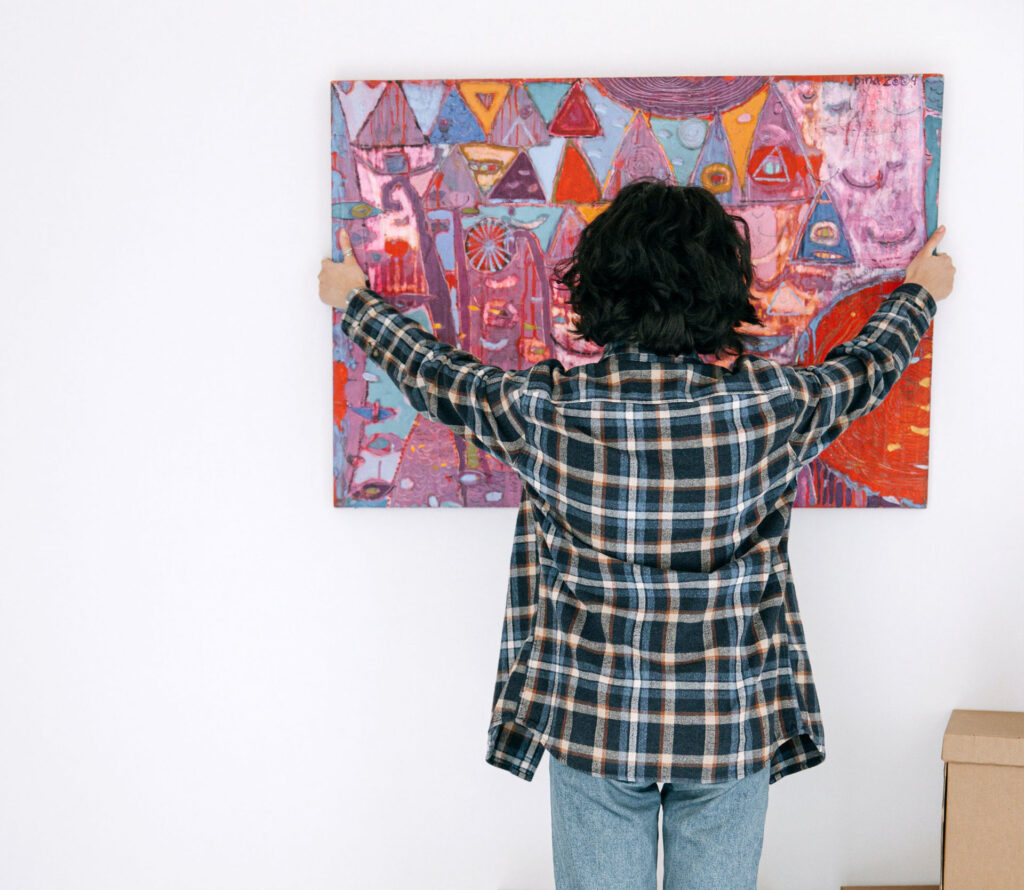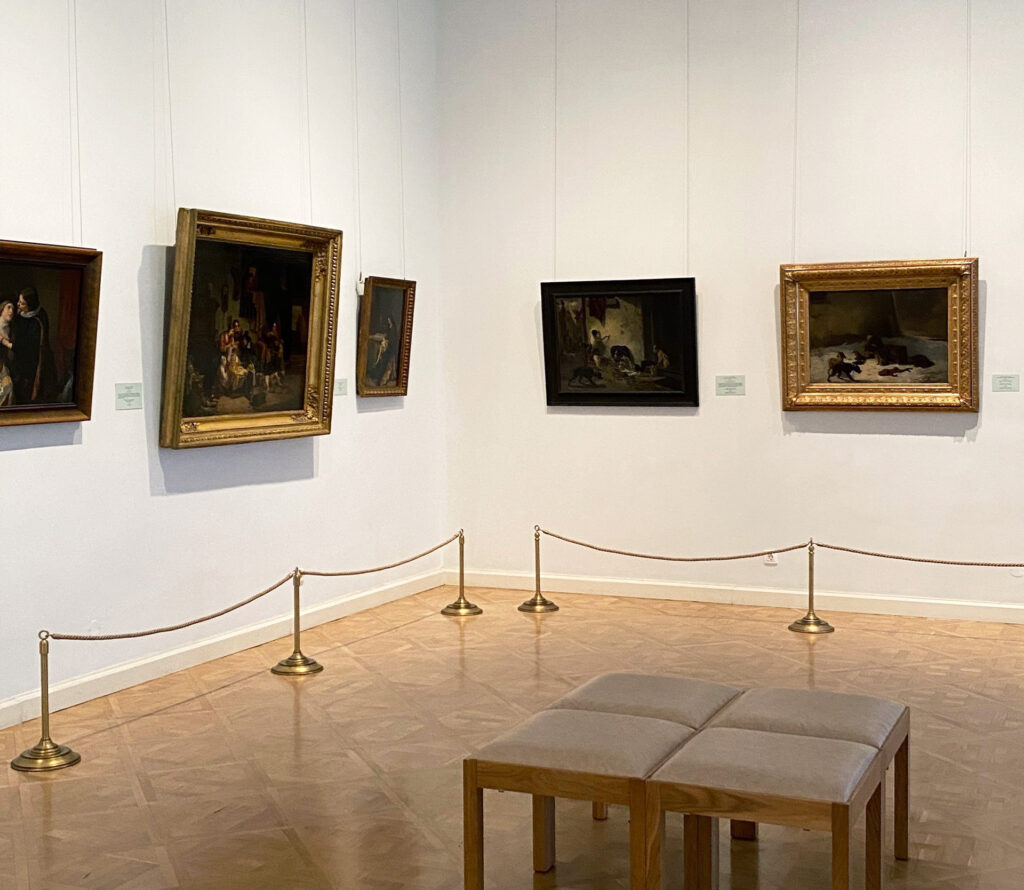Key Considerations When Installing Art in a Professional Gallery
The curation and installation of artwork in a professional gallery play a pivotal role in shaping the viewer’s experience and showcasing the artist’s vision. Every detail, from lighting to spatial arrangement, contributes to the overall impact of the exhibition. To ensure a seamless and visually compelling display, here are essential considerations to keep in mind when installing art in a professional gallery setting.
Thematic Cohesion
Before embarking on the installation process, carefully consider the theme or concept behind the exhibition. The artworks should cohesively tell a story or convey a message. Group pieces that share common elements, whether in terms of subject matter, medium, or style, to create a unified and meaningful narrative.
Spatial Awareness
Understand the spatial dynamics of the gallery space. Take into account the size and layout of the rooms, the flow of foot traffic, and any architectural features. Art should be arranged to complement the space, allowing viewers to navigate seamlessly through the exhibition while appreciating each piece individually.
Lighting Design
Lighting is a critical aspect of art installation. Ensure that the lighting highlights the artworks without causing glare or shadows. Experiment with different lighting techniques to enhance the texture, colour, and detail of each piece. Consider adjustable lighting to accommodate diverse mediums and to create specific focal points within the exhibition.
Proper Framing and Mounting
The framing and mounting of artworks should be consistent and complement the overall aesthetic of the exhibition. Choose frames that enhance the artwork without distracting from it. Ensure that each piece is securely and professionally mounted, considering the weight, dimensions, and medium of the artwork.
Flow and Placement
Plan the flow of the exhibition to guide viewers through a curated journey. Consider the placement of each artwork in relation to others to create a visually appealing and dynamic arrangement. Pay attention to the pacing, allowing viewers moments of contemplation and engagement as they progress through the space.
Labelling and Information
Clear and concise labelling is essential for providing viewers with information about each artwork. Include the artist’s name, title of the piece, medium, and any relevant details. Consistent and professional labelling adds to the professionalism of the exhibition and aids in the viewer’s understanding and appreciation of the art.
Accessibility and ADA Compliance
Ensure that the gallery installation is accessible to all individuals, including those with disabilities. Pay attention to the height of artwork, the placement of labels, and the overall layout to accommodate wheelchair users and those with mobility challenges. Compliance with ADA standards is crucial for creating an inclusive and welcoming space.
Environmental Considerations
Be mindful of the gallery’s environmental conditions. Control temperature, humidity, and lighting to protect delicate artworks. Establish guidelines for handling and care during installation and de-installation to preserve the integrity of the pieces.
Collaboration with Artists
Foster open communication and collaboration with the artists whose work is being displayed. Understand their vision and preferences and incorporate their insights into the installation process. This collaborative approach ensures that the exhibition remains true to the artists’ intentions.
Installing art in a professional gallery demands a meticulous approach, blending artistic sensibility with practical considerations. By carefully planning thematic cohesion, spatial awareness, lighting design, framing, and collaboration with artists, you can create an exhibition that captivates viewers and elevates the showcased artworks to their fullest potential. In the world of gallery curation, attention to detail is key, and a well-executed installation enhances the overall impact of the art on display.
To learn more about art installation prices or to make a booking, click here and fill out the form with your information and job details.


